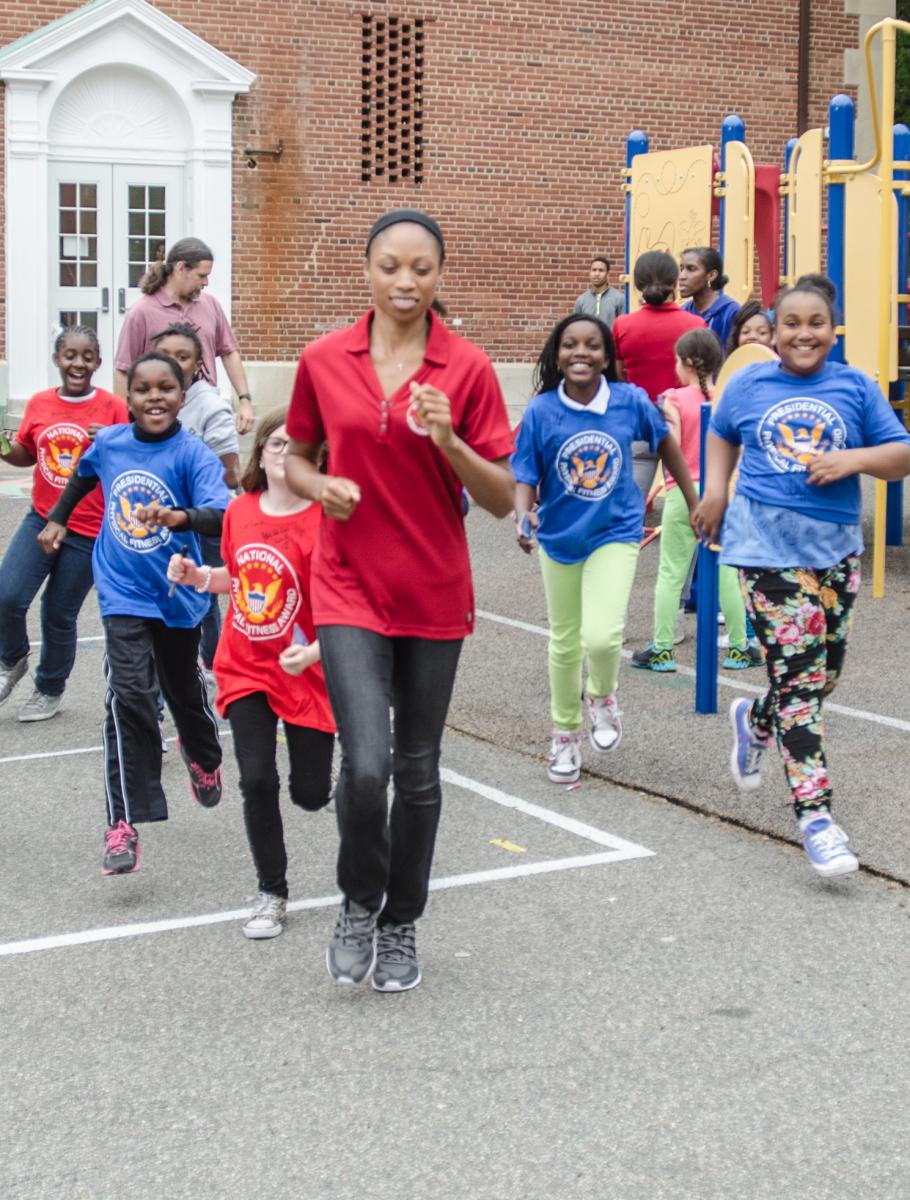Resource Library
With support provided by the Barr Foundation, WalkBoston and the Metropolitan Area Planning Council (MAPC) developed a spatial framework for the following:
This Model suggests language for a comprehensive plan's transportation vision statement and policy package, as well as additional language to be used throughout other chapters to encourage the integration of Complete Streets policies in interagency planning for land use, schools, public facilities, parks and recreation, and community health.
 As students all across the state of Tennessee head back to school, children in Knoxville have police officers stepping up efforts to make sure safety is first. In order to reduce the number of pedestrian crashes, the Knoxville Police Department (KPD) and the Knox County Safe Routes to School Partnership will implement a program to educate drivers about yielding to pedestrians in crosswal
As students all across the state of Tennessee head back to school, children in Knoxville have police officers stepping up efforts to make sure safety is first. In order to reduce the number of pedestrian crashes, the Knoxville Police Department (KPD) and the Knox County Safe Routes to School Partnership will implement a program to educate drivers about yielding to pedestrians in crosswal
In an era of scarce public funds, this economic value justifies the investment in livable communities. Active transportation and livability should be funded because governments can recover their investment through enhanced tax revenues, and developers can recoup their investment in higher sales or rents.
 The Greek philosopher Thales and the Roman poet Juvenal both wrote about the way in which physical health and mental health are intertwined, seeking the ideal of a “sound mind in a sound body.”
The Greek philosopher Thales and the Roman poet Juvenal both wrote about the way in which physical health and mental health are intertwined, seeking the ideal of a “sound mind in a sound body.”
NPLAN has surveyed existing law, conducted extensive legal research, and consulted with legal and policy experts to create these model laws (local ordinances and state statutes) and local and state/regional resolutions (which may be easier to pass, but are not binding) for Complete Streets.
 “Are they going to kill me?”
“Are they going to kill me?”
To help policymakers avoid crossing constitutional boundaries, we distilled thelegal concepts most relevant to formulating policies aimed at preventing obesity; police power; allocation of power among federal, state, and local governments; freedom of speech; property rights; privacy; equal protection; andcontract rights.
Blog by Allyson Felix, Six-time U.S. Olympic Track & Field Medalist and President’s Council on Fitness, Sports & Nutrition member
Platforms: Fitness.gov, www.letsmoveschools.org, Fire Up Your Feet, USATF

The role of the National Center is to build the capacity of schools, districts, community partners and government agencies to organize their human and financial resources around student success.
 Today, the Senate Environment and Public Works Committee (EPW) unveiled their new six-year transportation bill. The DRIVE Act (Developing a Reliable and Innovative Vision for the Economy Act) primarily shores up our existing interstate and road-focused transportation system. Unsurprisingly given its name, the bill does not adequately address the needs of communities all across t
Today, the Senate Environment and Public Works Committee (EPW) unveiled their new six-year transportation bill. The DRIVE Act (Developing a Reliable and Innovative Vision for the Economy Act) primarily shores up our existing interstate and road-focused transportation system. Unsurprisingly given its name, the bill does not adequately address the needs of communities all across t
This resource contains four Model Policies for California for establishing joint use agreements, with schools, cities, indoor and outdoor facilities.
When Deb Hubsmith founded the Safe Routes Partnership in 2005 – the same year that the first federal Safe Routes to School legislation was passed, authorizing funding to 50 states and the District of Columbia – her vision for the Safe Routes to School movement was much broader than the $612 million in initial funding outlined in the legislation. From the very beginning, Hubsmith believed that Safe Routes to School had the potential to transform our cities and towns into healthy, active communities where all people can walk, bicycle, and be physically active.
This website includes a fact sheet and package of school siting policies for school districts that want to ensure that their school siting decisions support the educational success, physical health, and overall well-being of students and their community.
 On September 17th, the U.S. House Transportation Committee will be voting on the transportation bill. One of the issues they’ll be debating is whether or not to continue the Transportation Alternatives Program (TAP), which is the main source of funding for Safe Routes to School, bicycling and walking.
On September 17th, the U.S. House Transportation Committee will be voting on the transportation bill. One of the issues they’ll be debating is whether or not to continue the Transportation Alternatives Program (TAP), which is the main source of funding for Safe Routes to School, bicycling and walking.
This study of traffic fatalities in a county in California found that pedestrian crashes are 4 times more frequent I poor neighborhoods and age of the population, education, English language fluency, nor population density explained the effect of income level.
This map provides examples of the impact of bicycling on business districts, jobs, and household savings across the country.


